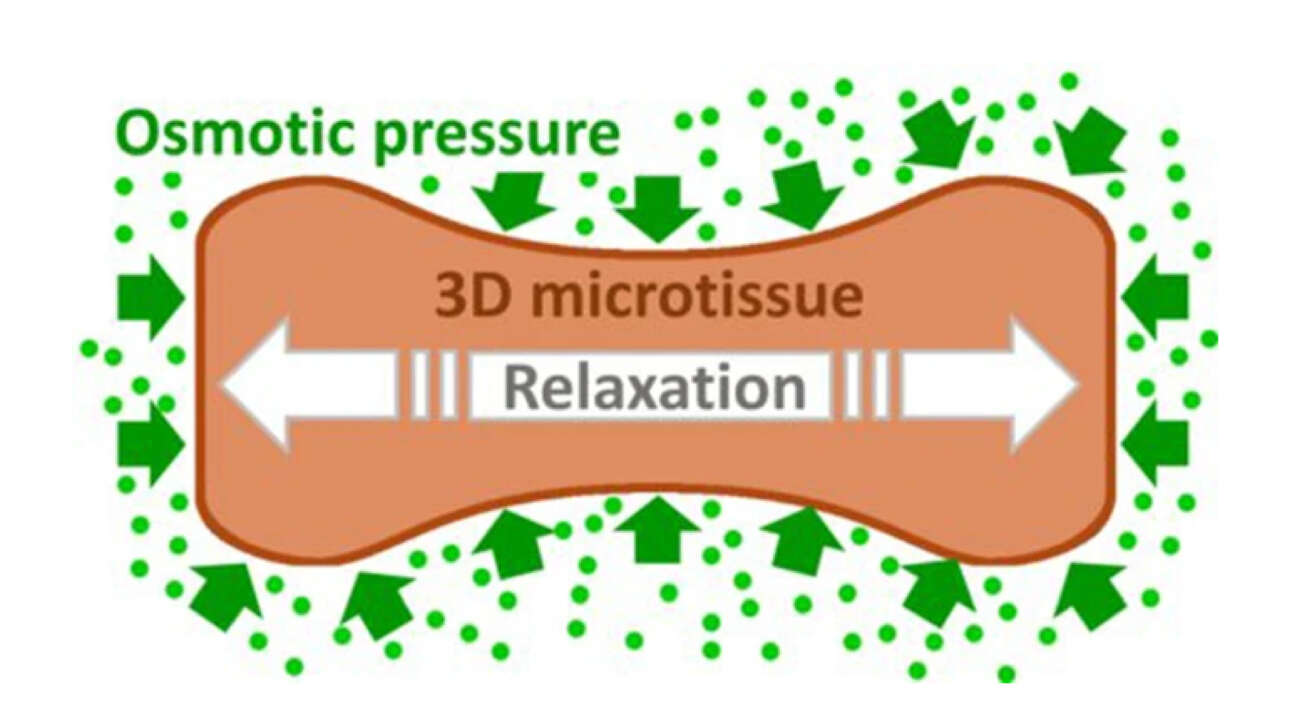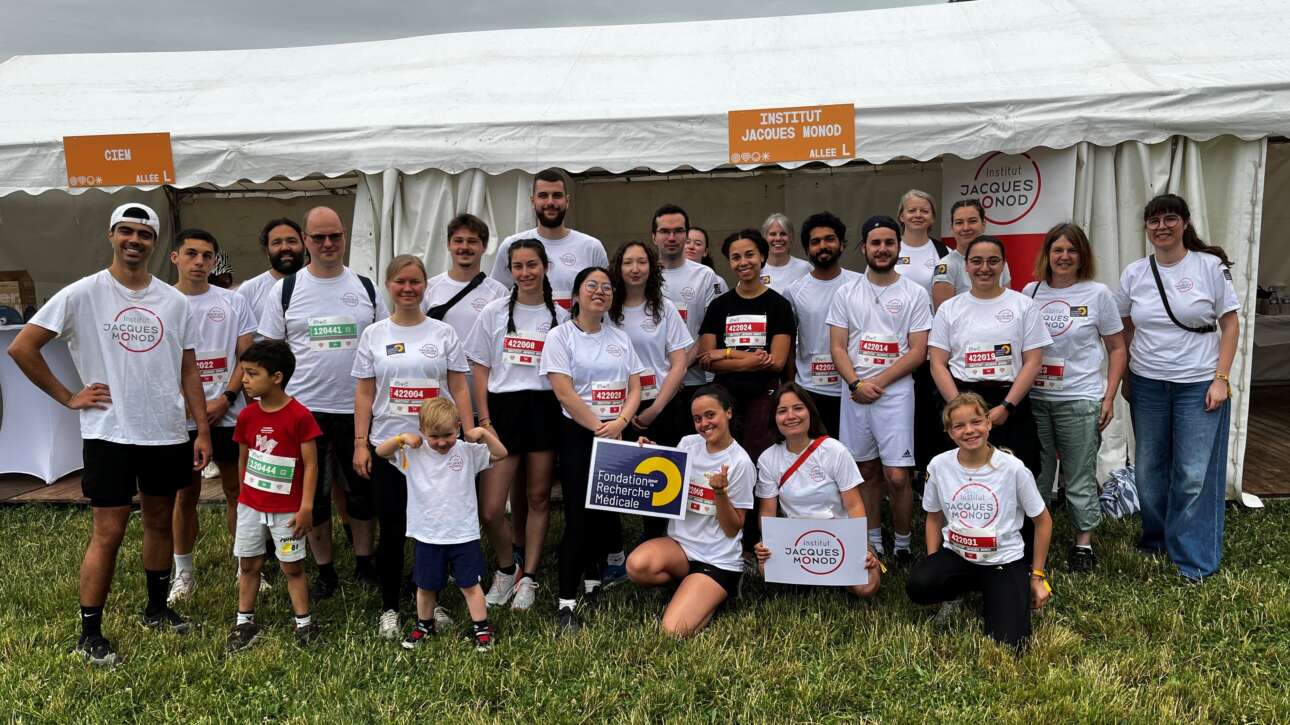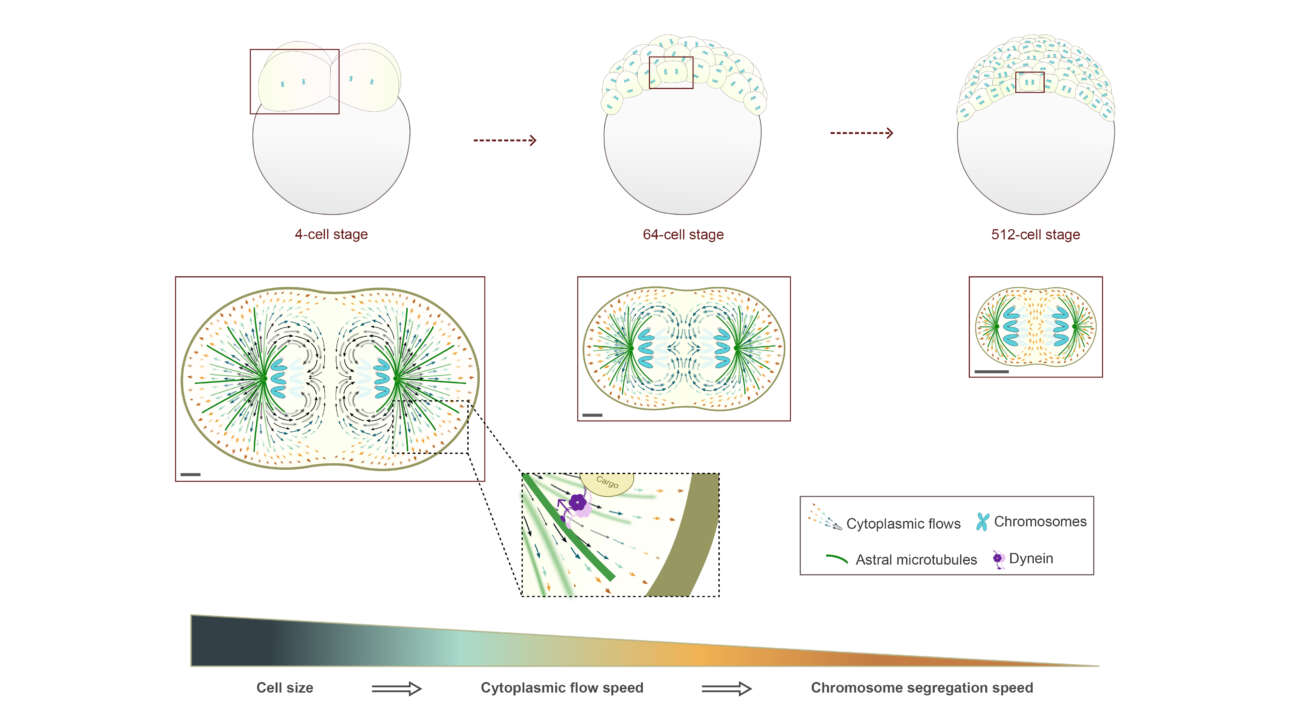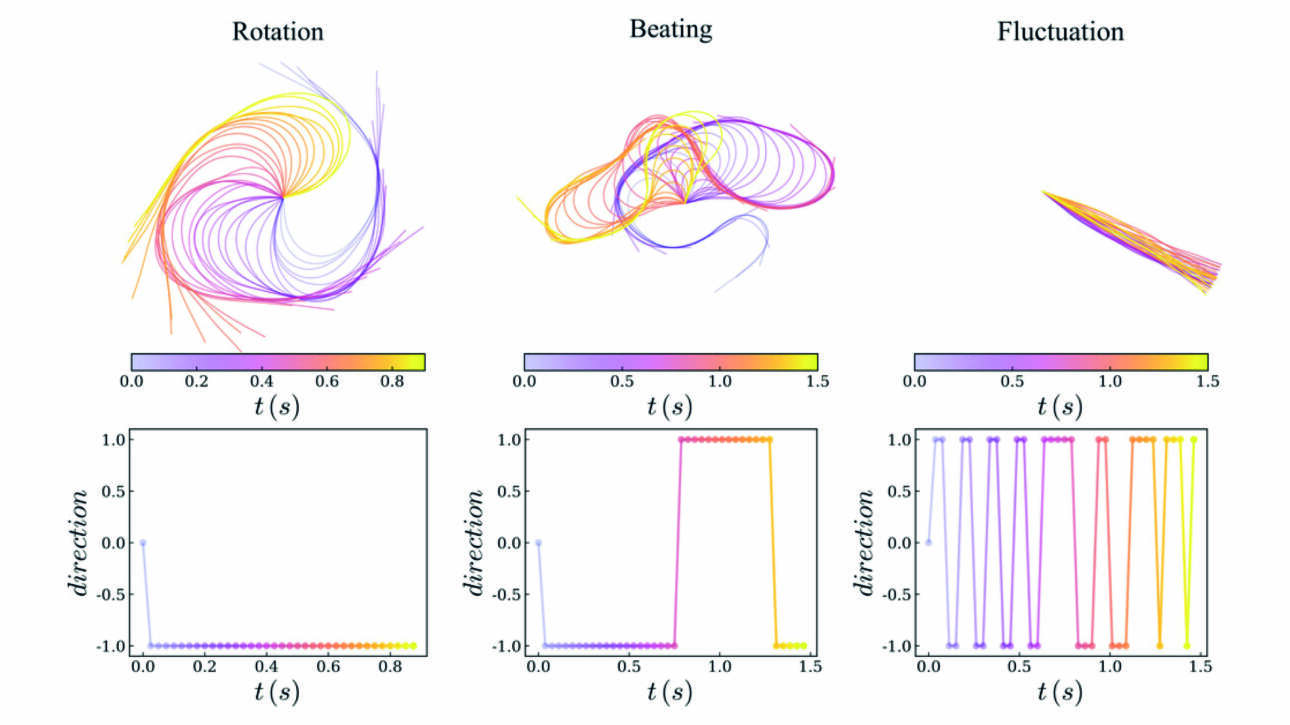The Ladoux/Mège Lab contributed to the publication of a new article in The European Physical Journal E:
Osmotic pressure induces unexpected relaxation of contractile 3D microtissue
Abstract:
Cell contraction and proliferation, matrix secretion and external mechanical forces induce compression during embryogenesis and tumor growth, which in turn regulate cell proliferation, metabolism or differentiation. How compression affects tissue…











